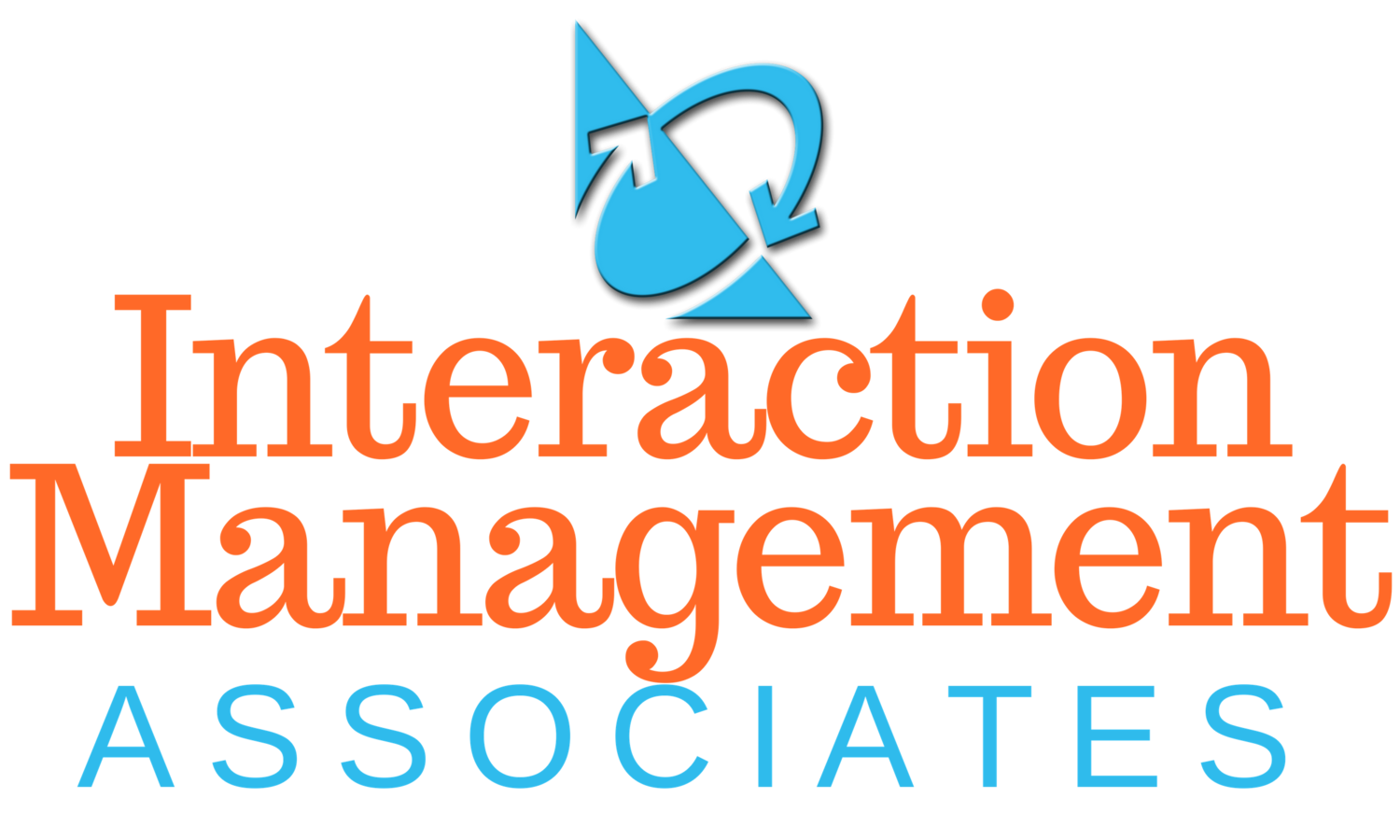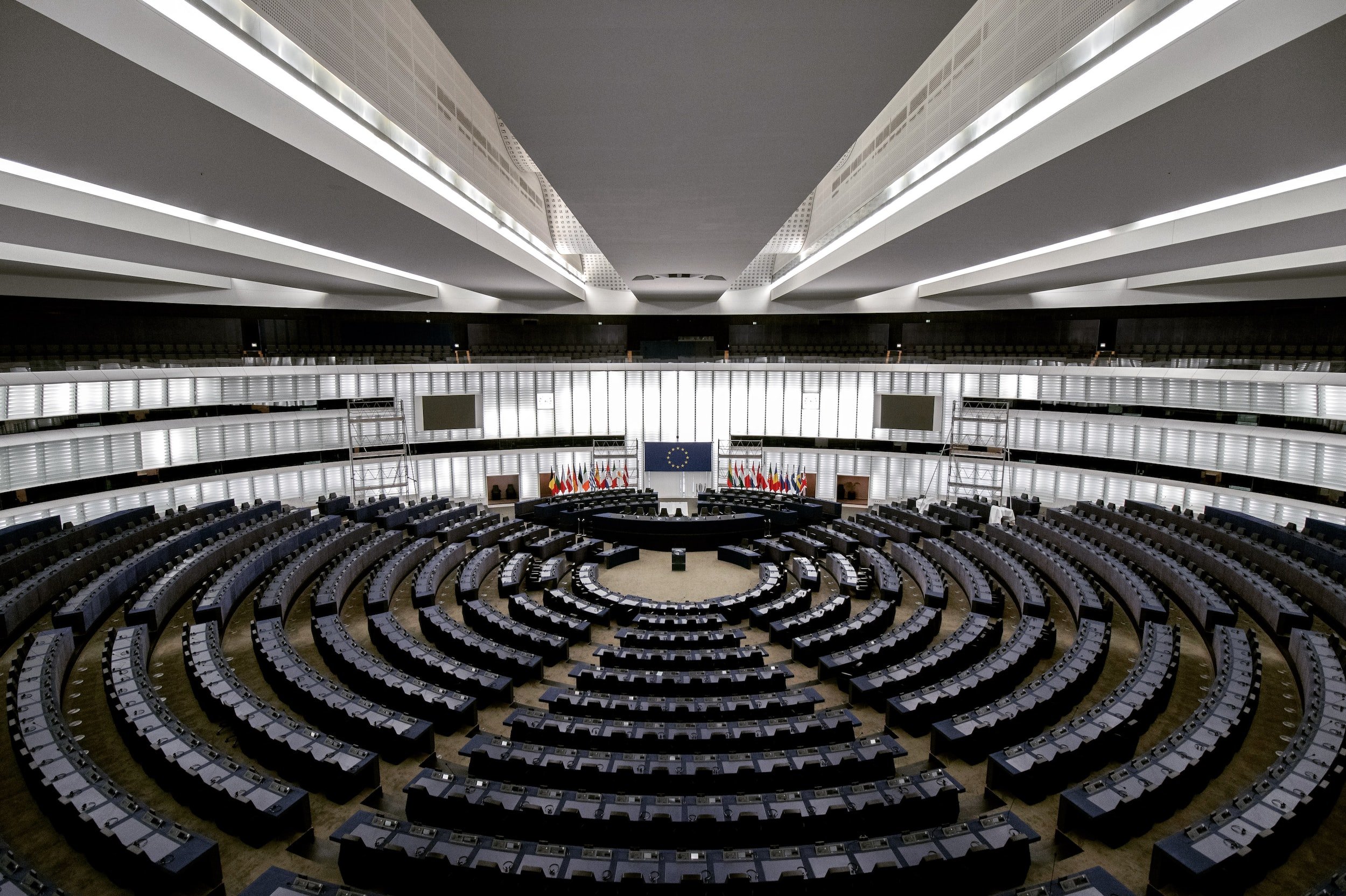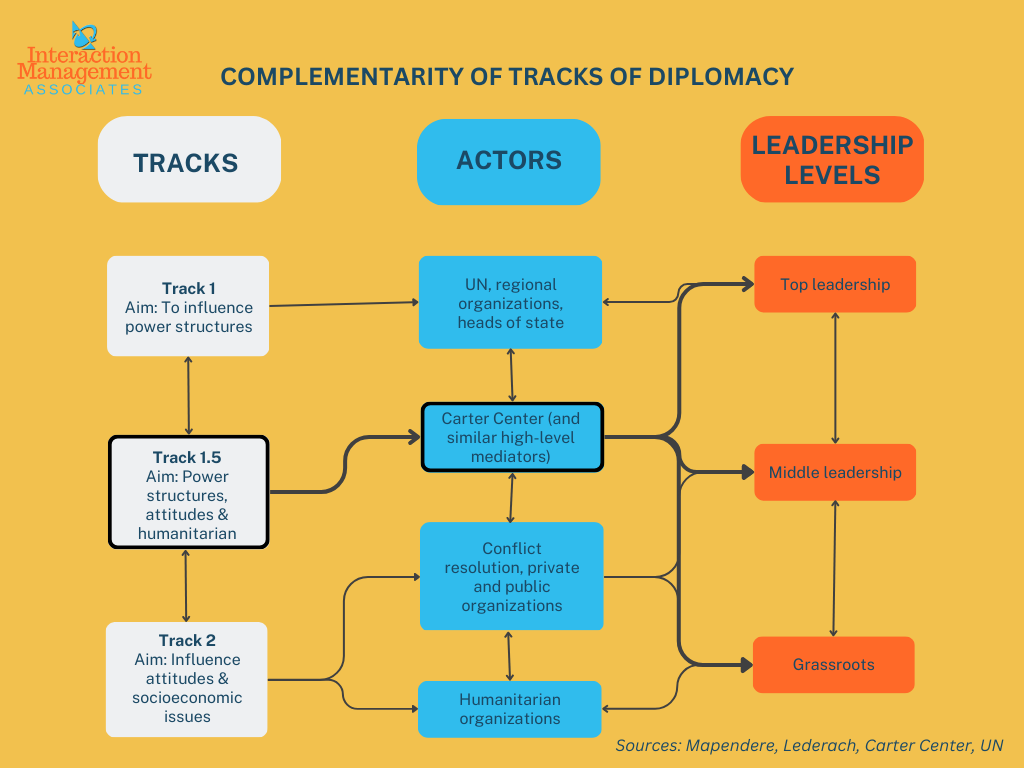Conflict resolution happens on the global stage at a variety of different levels and between different stakeholders. This is on clear display with peacebuilding and negotiation efforts between and within countries. This article provides a brief overview of the different routes, or “tracks,” that are commonly used to build peace. The tracks do not operate individually, but rather they are designed to complement one another. In fact, sustainable peace is arguably the ultimate reward for multi-track diplomatic approaches.
Track 1: High-level Diplomacy
Track one diplomacy, according to the Institute for Multi-track Diplomacy, is, “the world of official diplomacy, policymaking, and peacebuilding as expressed through formal aspects of the governmental process.”
This track includes the negotiations that happen at the national level. This is typically the function of a country’s foreign policy protocol. The individuals leading these meetings are typically high-ranking government officials, large peacebuilding institutions, and diplomats. One example would be seasoned officials within the United Nations mediating a conversation between two conflicting parties. In other cases, a retired military or political leader of one country may serve as the mediator for a neighboring conflict.
With strict processes and procedures, these high-level meetings are the most public types of negotiations and peacebuilding efforts. It is not unheard of for threats of military force or other political maneuvers being made during these types of meetings. Sometimes these negotiations take place while violence is still taking place in the battlefield between factions represented by the leaders at the negotiation table.
One of the greatest drawbacks of these types of meetings is the reality that corruption is more frequently evident in these settings than the other approaches. This is because people with a significant degree of political power may not be convinced of the need to wield power responsibly and prioritize the needs of the majority of people. It is not uncommon for track one diplomacy meetings to be terminated at the peak of a conflict.
Track 2: Informal Negotiations
Track two diplomacy is evident when less formal conversations between constituents of the conflicting groups strategize on what can be leveraged to influence the conflict. These allow for the voices and perspectives of those that are often suppressed at or left out of the track one meetings to be heard and amplified.
One of the benefits of this type of diplomacy is that there are less demands for adherence to a particular process. There is a greater degree of freedom for transparency because it is less formal. These talks may also be held in undisclosed, private and confidential locations to allow for frank negotiations about what is at stake for involved parties. It also provides constituents an opportunity to voice their concerns and opinions, which is not invited in the higher-level diplomatic talks.
Track two is a more common approach to peacebuilding through diplomacy, as it is more practical. The process is typically designed to, according to the U.S. Institute of Peace, “bring parties together across conflict lines to talk, build relationships, engage in joint civic projects, or even develop new ideas about potential political solutions to the conflict.”
Because they involve more extensive constituent participation, track two discussions can lay the groundwork for more productive top-level track one negotiations. Both tracks can operate at the same time, and in fact, USIP asserts this is ideal.
The track two peacebuilding process is particularly beneficial before a violent conflict erupts and directly after a conflict. Because it often involves those closer to the violence, this track lacks the ability to strongly influence a conflict at its peak. Additionally, this form of diplomacy can take a long time to result in tangible outcomes, because it does not necessarily involve the key decision-makers, or at least not in the same very public way required of track one diplomacy. In governments where constituents are unable to influence the decisions at the top, track two diplomacy can be ineffective.
Track 1.5: Third-party Facilitation
Track one-and-a-half diplomacy helps bridge the previous two tracks. This type of diplomacy is when a neutral third-party unofficially facilitates meetings to help the conflicting parties reach an agreement. It is important to note that to be an effective third-party, the individual or agency must have a significant degree of authority or notoriety. This visibility might be from previous political efforts, academic achievement, and international respect, particularly within the country or countries in question. Sometimes, this can be referred to as “back-channel” efforts to illuminate broader interests, not only of the involved parties, but regional or international implications of the persistence of the conflict.
One example of an organization that provides third-party support is the Carter Center. The Center is a non-profit organization founded by renowned international negotiator, Jimmy Carter, and his wife, with a desire to build peace. Jimmy Carter was the president of the United States between 1977 and 1981. Despite its founder having a former role in politics, the Carter Center is a nonpartisan entity. As with the Carter Center, it does not have political power to direct the conflicting parties toward a resolution. Rather, this neutral third-party takes on similar roles a mediator does. Representatives aim to facilitate a conversation between the entities in conflict with one another to discover opportunities for agreement and, hopefully, sustainable peace.
A figure created by Jeffrey Mapendere, Assistant Director of the Carter Center’s Conflict Resolution Program, shows the different actors associated with the three tracks and how the tracks interact with each other. This diagram was inspired by the work of renowned peacebuilding scholar, John Paul Lederach.
Ultimately, these different approaches to conflict resolution enhance and complement one another in the efforts to facilitate peace.
Track 3: Grassroots Peacebuilding
The third track is often the most overlooked in diplomatic circles, but could be considered the bedrock of sustainable peace. As illustrated in the Ledarach-inspired diagram from the United Nations’ workbook, Basics of Mediation, this track involves, “Local peace committees, community mediation programmes, insider-mediators.”
Those “insider-mediators'' are critical to preserving harmony at local and regional levels. They are the “trusted and respected insiders at all levels of a conflicted society who have a deep knowledge of the dynamics and context of the conflict and a sensitivity in their contribution to finding solutions that are recognized and valued by the parties themselves.” Because IMA is committed to supporting the United Nations Sustainable Development Goal 16, we proudly train many mediators who participate in track three peacebuilding efforts.
Mediators learn and apply essential skills such as active listening, caucusing, breaking impasse and negotiation. Over time, seasoned mediators build conflict resilience they can use to foster respect and, ultimately, illuminate pathways to peace.
For example, IMA’s Director of Education and Training, Jayne Waithitu, is also the Executive Director of Kenya’s Peace Warriors Organization. This nongovernmental organization is a woman-led initiative to facilitate peace within and between communities experiencing conflict. Her NGO is not only involved in conflict prevention and intervention but also education and outreach. The Peace Warriors, using a co-mediation model, have mediated land disputes and border conflicts. They have facilitated projects and discussions to mitigate political violence related to elections.
African Union diplomat and IMA-trained mediator, Patience Chiradza, has blended her experience in government peacebuilding roles, with extensive training in mediation and diplomacy, to facilitate peace between political rivals within her native Zimbabwe as well as across the continent of Africa.
Deng Atem creates “positive disruption” through activism, dialogue and publications among his fellow South Sudanese diaspora in the U.S. and leaders in his homeland. He has leveraged his dual citizenship to facilitate peace in South Sudan and raise awareness in the U.S. of civil unrest in his native country.
As the founder of Soulace Africa, Peter Adeeko is committed to community-based peacebuilding. Adeeko works tirelessly to end hatred and divisions within his native Nigeria. His aim is “building a peace academy, where Nigerian youth across ethnic diversities will be learning peacebuilding skills.”
Executive Director of Ghana’s Africa Peace Building Club, Ramani Salam, joined the IMA mediator community in order to build awareness of alternatives to conflict within his community. He hopes Ghanaians will “embrace peace and unity” for the sake of development. His commitment is born out of “memories of brutal recurring conflicts” since his childhood in the region he serves.
IMA-trained Deanna Zuppan is the Director of the City of Scottsdale community mediation program in the U.S. The program is a free service for local residents, designed to build “cooperation, better feelings and stronger neighborhoods.” IMA works with Deanna to provide training and ongoing support to the mediators who serve the Scottsdale community.
All of these grassroots initiatives are illustrative of what can be accomplished at a local or regional level to provide peaceful and participatory approaches to conflict resolution.
Multi-track Diplomacy is Key to Sustainable Peace
Grassroots action combined with mediation can often prevent the need for prolonged public, higher-level meetings. Regardless, at each level, new and important voices and opinions are aired. When more voices are involved in the peacebuilding process, it is hoped that transformation and peace becomes a reality. It seems sustainable peace could actually be the ultimate reward for multi-track diplomacy.
How can you facilitate peace in your community, country or region? Whether you are a track 1, 1.5, 2 or 3 player, what actionable steps can you take to facilitate a more peaceable world? Join over 300 mediators worldwide currently building valuable peacebuilding skills in the IMA community.













